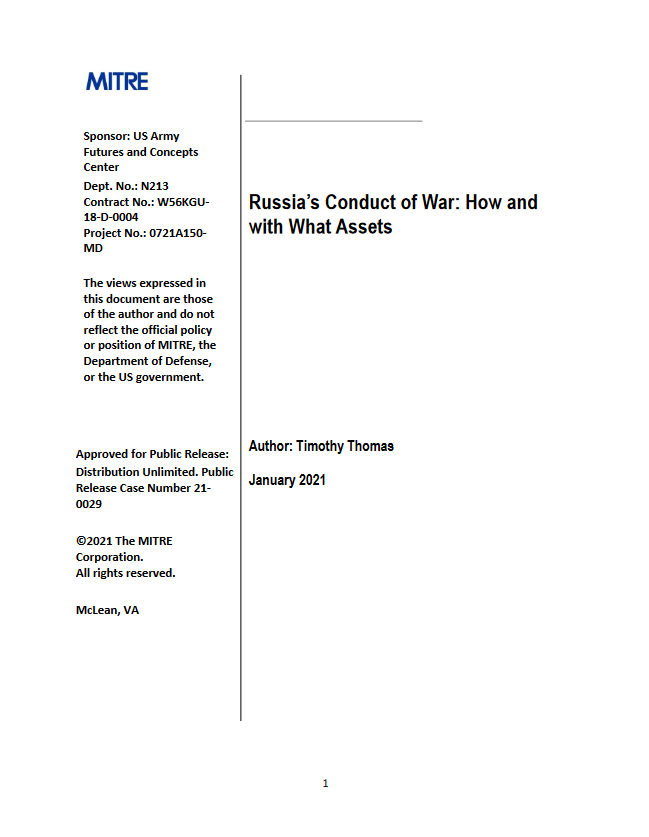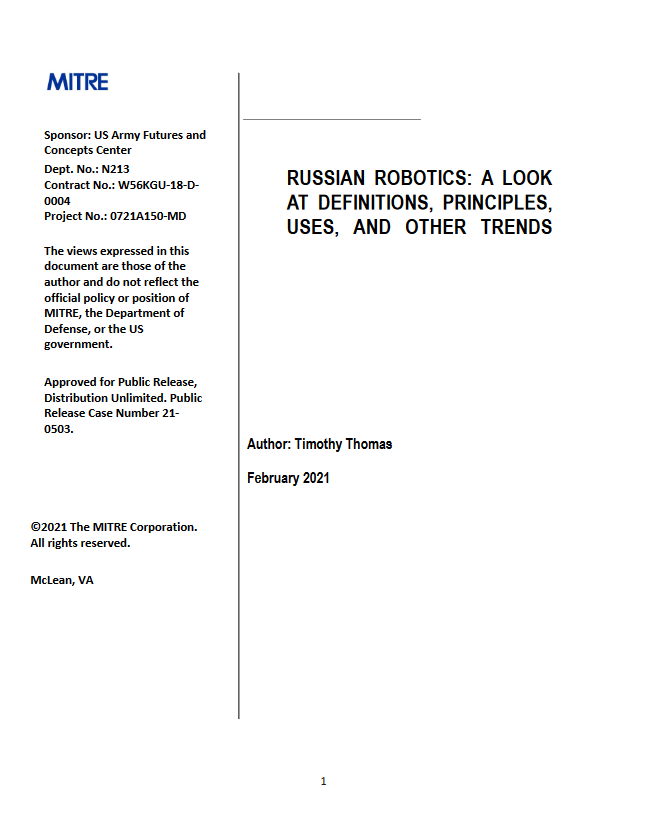(Click image to download brief.)
KEY TAKEAWAYS
Due primarily to geographic and threat variances, Russia’s military conducts geostrategic
planning differently from the United States. Russia is faced with a set of threats, real and
imagined, from several vectors across a huge expanse of territory with a rather small population, factors which the U.S. does not confront. This directly impacts the style of planning for the Russian military, as US and NATO planning models do not directly apply. Those seeking to understand Russia ignore these differences at their own peril.
This paper examines numerous aspects of Russia’s planning concepts that indicate how the
nation’s Defense Ministry has chosen to confront perceived Western and other territorial
challenges. U.S. planning is contrasted against Russian planning in some areas. For Russia,
primary planning concepts and organizations include the following:
* Theater of war (TV)
* Theater of military operations (TVD)
* Theater strategic operation
* Military districts
* Strategic region
* Strategic direction/axis
* Operational design
* Territorial defense forces.
After analyzing the Russian model, the conclusion reached is that Russia’s geostrategic planning for the initial period of war is underway and, if conflict erupts, the nation will be better prepared to gain the initiative than it has been in the past. Historically Russia has been caught unprepared for future conflicts, and President Vladimir Putin and Chief of the General Staff of the Armed Forces Valery Gerasimov want to bypass that potential fate.



